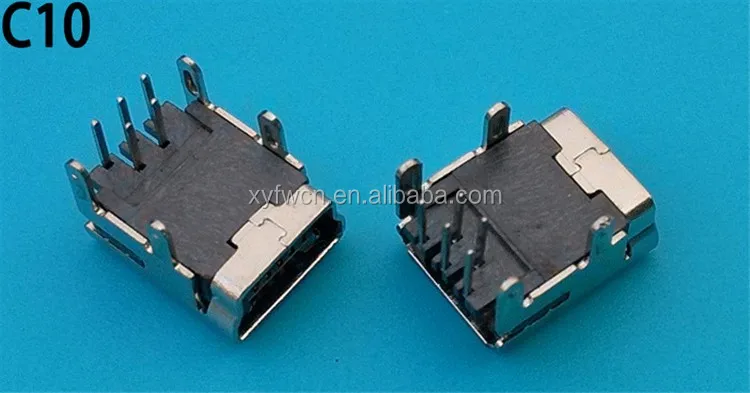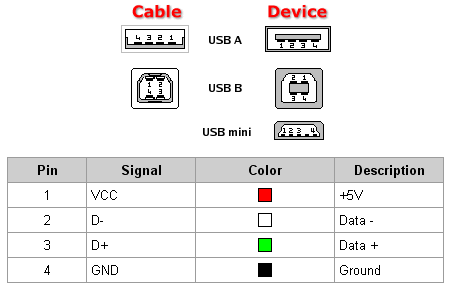
Modular concept: easier to integrate into existing designs.All customizable code written in ANSI-C and thus easier to maintain.Our USB driver has the following advantages over Igor’s driver: Little hardware resources used: only two to three I/O pins.Īdvantages over other Firmware-Only ImplementationsĪ similar driver for the AVR series of microcontrollers is available from Igor Češko.More freedom in the choice of USB descriptors.This may be relevant for battery powered devices.
 No additional power consumption when USB is disconnected. No additional hardware complexity: simpler PCB, less failures. They don’t work without connection to the host. Stand-alone operation: Some of the USB controllers download their firmware from the host computer into RAM. AVR controllers are faster than most of the controllers with integrated USB and cost less. A good free ANSI-C compiler (GNU gcc) and a free development system for Windows (WinAVR) are available for AVR. V-USB comes with a free shared Vendor- / Product-ID pair. Most of the controllers with USB support are only available in SMD, which is almost impossible to handle for hobbyists. Standard AVR controllers are usually easier to obtain. Or combine the microcontroller of your choice with a USB chip? Advantages over Microcontrollers with USB Hardware Why not choose a microcontroller with built-in USB hardware? There are several of these available (see ). You can choose the License: Open Source or commercial. Only about 1150 to 1400 bytes code size. High level functionality is written in C and is well commented. Can be clocked with 12 MHz, 15 MHz, 16 MHz 18 MHz or 20 MHz crystal or from a 12.8 MHz or 16.5 MHz internal RC oscillator. No UART, timer, input capture unit or other special hardware is required (except one edge triggered interrupt). Runs on any AVR microcontroller with at least 2 kB of Flash memory, 128 bytes RAM and a clock rate of at least 12 MHz.
No additional power consumption when USB is disconnected. No additional hardware complexity: simpler PCB, less failures. They don’t work without connection to the host. Stand-alone operation: Some of the USB controllers download their firmware from the host computer into RAM. AVR controllers are faster than most of the controllers with integrated USB and cost less. A good free ANSI-C compiler (GNU gcc) and a free development system for Windows (WinAVR) are available for AVR. V-USB comes with a free shared Vendor- / Product-ID pair. Most of the controllers with USB support are only available in SMD, which is almost impossible to handle for hobbyists. Standard AVR controllers are usually easier to obtain. Or combine the microcontroller of your choice with a USB chip? Advantages over Microcontrollers with USB Hardware Why not choose a microcontroller with built-in USB hardware? There are several of these available (see ). You can choose the License: Open Source or commercial. Only about 1150 to 1400 bytes code size. High level functionality is written in C and is well commented. Can be clocked with 12 MHz, 15 MHz, 16 MHz 18 MHz or 20 MHz crystal or from a 12.8 MHz or 16.5 MHz internal RC oscillator. No UART, timer, input capture unit or other special hardware is required (except one edge triggered interrupt). Runs on any AVR microcontroller with at least 2 kB of Flash memory, 128 bytes RAM and a clock rate of at least 12 MHz. 
Comes with freely usable USB identifiers (Vendor-ID and Product-ID pairs).Transfer sizes up to 254 bytes by default, more as configuration option.

(Note that the USB specification forbids bulk endpoints for low speed devices, but V-USB supports them to some degree.) Supports multiple endpoints: one control endpoint, two interrupt/bulk-in endpoints and up to 7 interrupt/bulk-out endpoints.Example projects demonstrate device and host driver implementations on Linux, Mac OS X and Windows.Fully USB 1.1 compliant low-speed device, except handling of communication errors and electrical specifications.







 0 kommentar(er)
0 kommentar(er)
